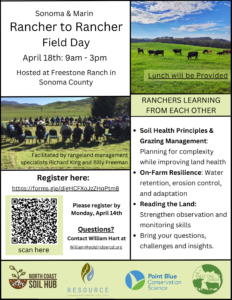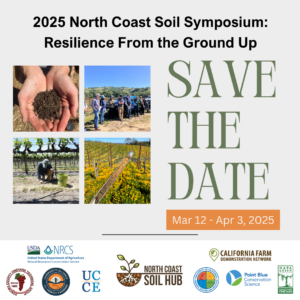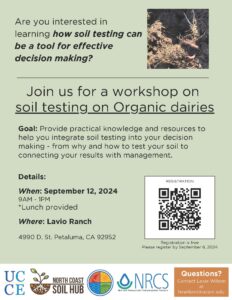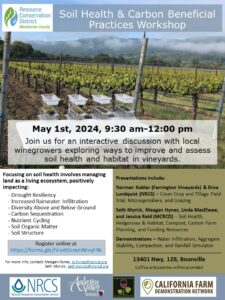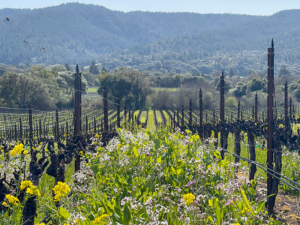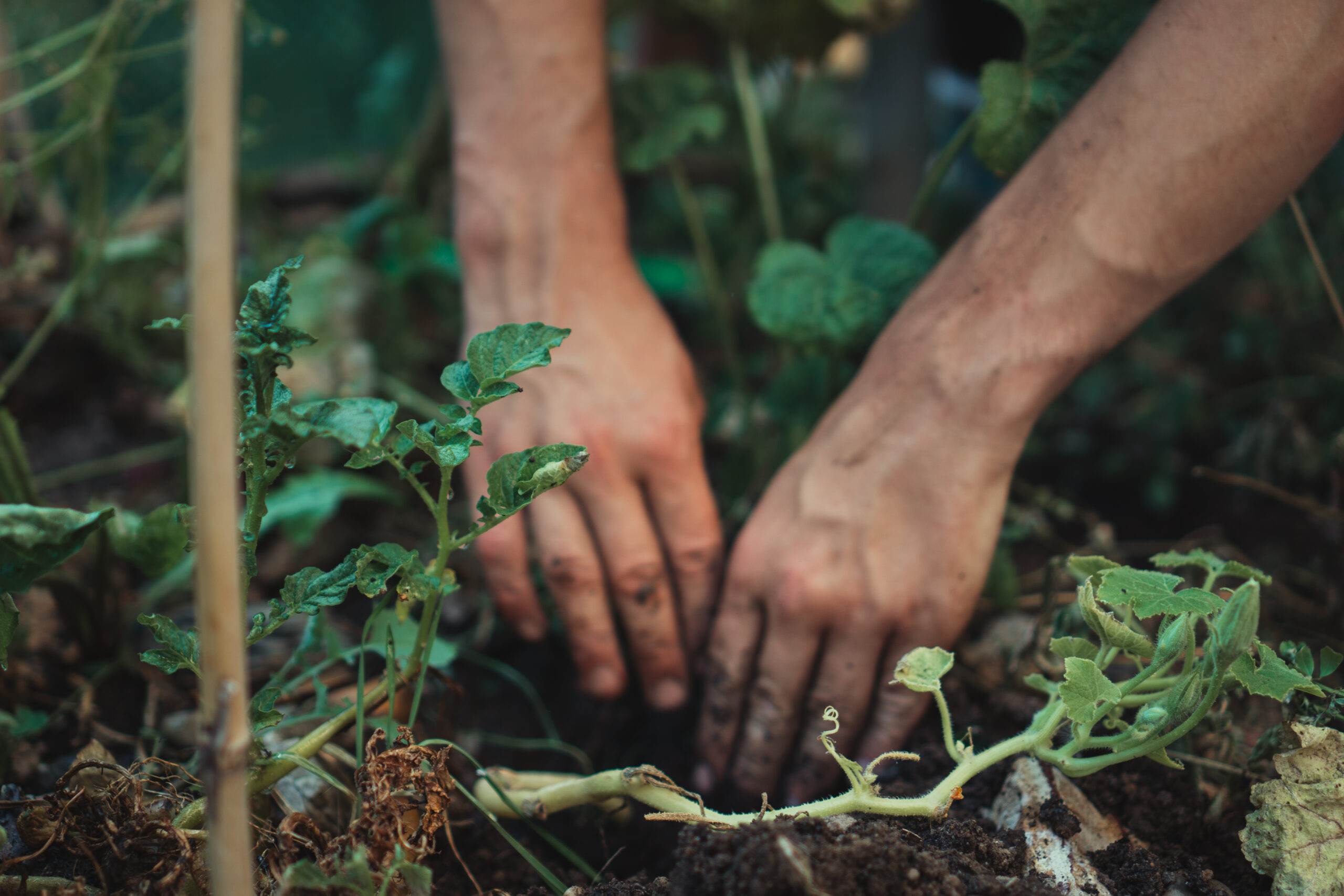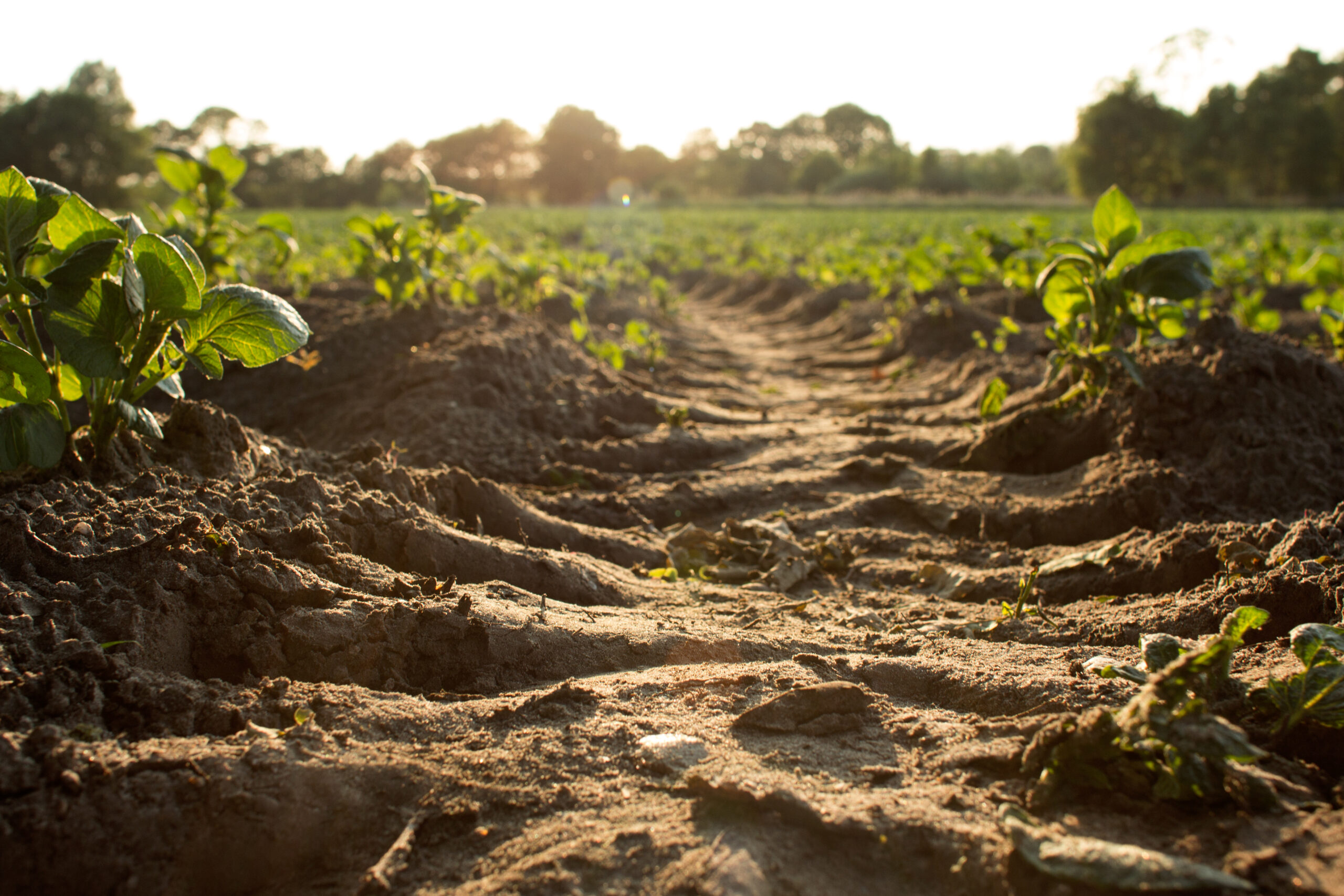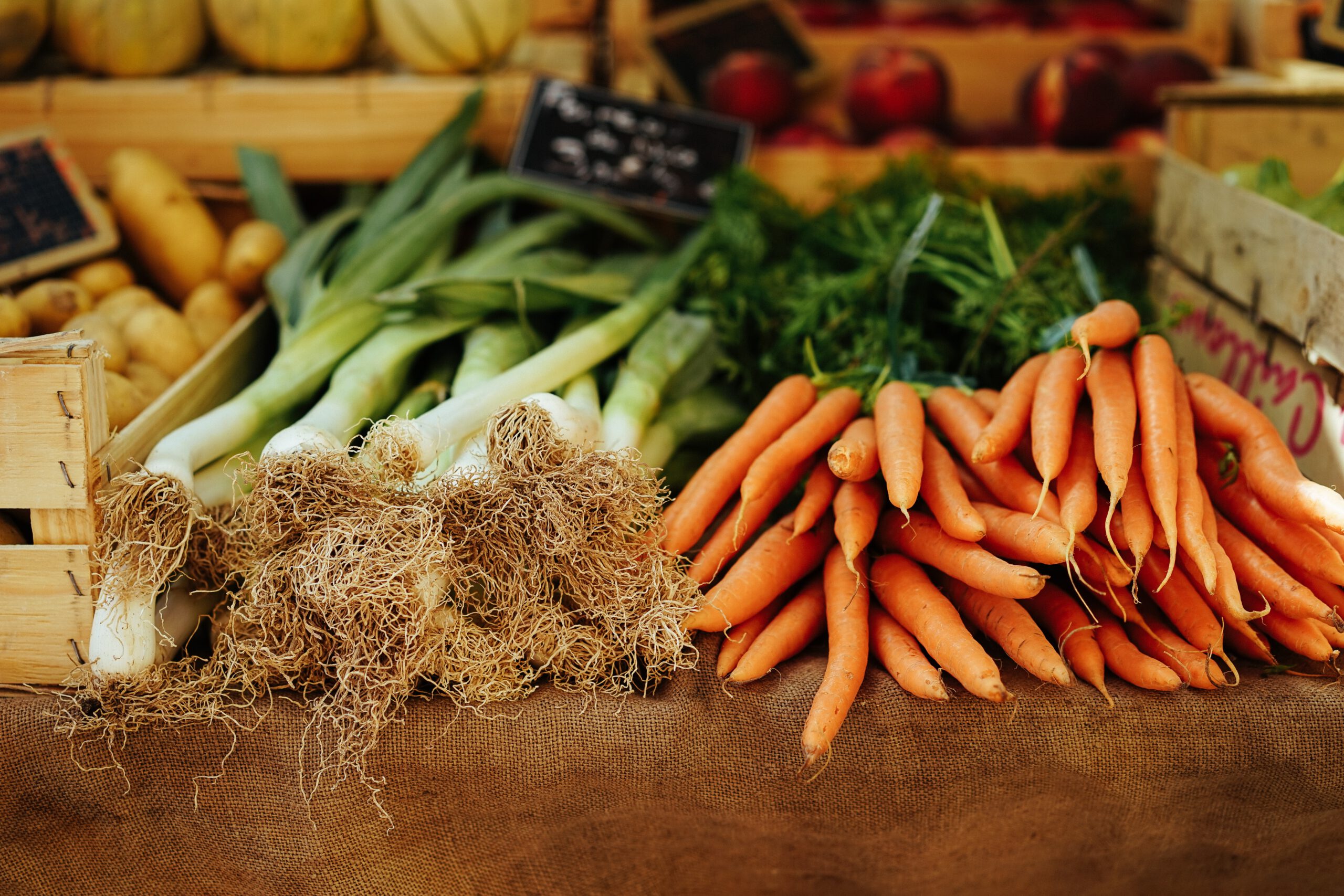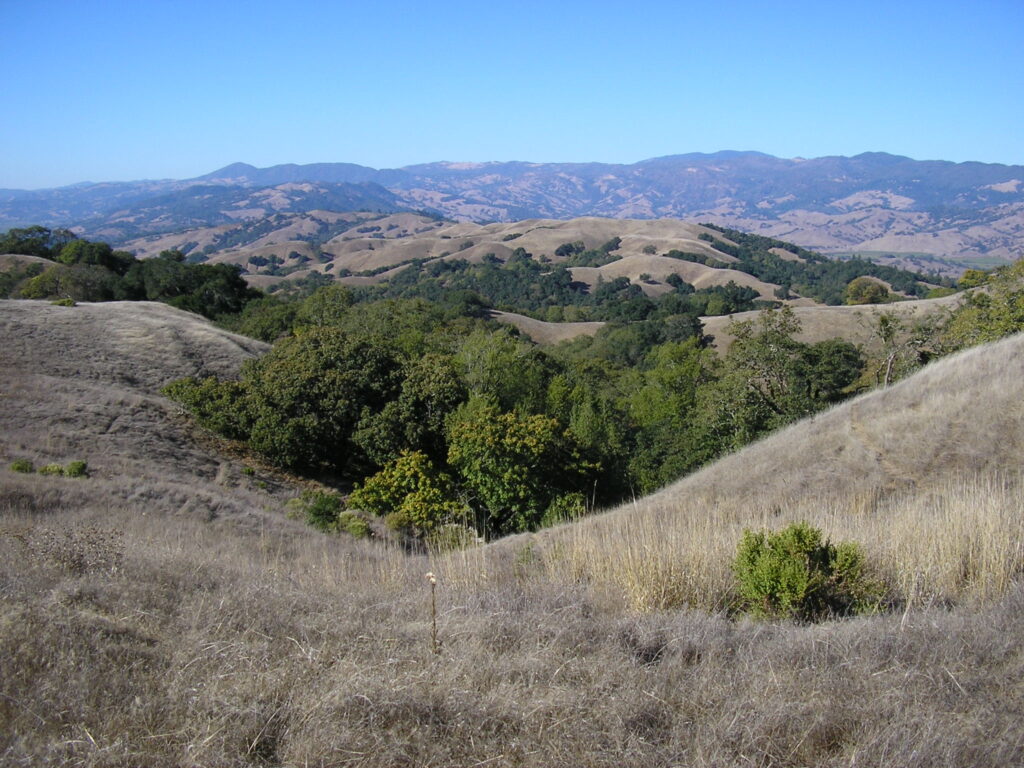
Residual dry matter (RDM) is a standard used by land management agencies for assessing the level of grazing use on annual rangeland and associated savannas and woodlands (George et al. 1996). RDM is the old herbaceous plant material left standing or on the ground at the beginning of a new growing season. It indicates the combined effects of the previous season’s forage production, breakdown over summer, and its consumption by grazing animals of all types. The standard assumes that the amount of RDM remaining in the fall, subject to site conditions and variations in weather, will influence subsequent species composition and forage production.
Bartolome, J. W., Frost, W. E., McDougald, N. K., & Connor, M. (2002). California guidelines for residual dry matter (RDM) management on coastal and foothill annual rangelands. Agriculture and Natural Resources Publication, 8092, 1-7.

